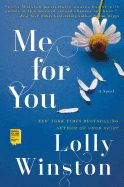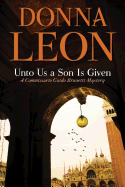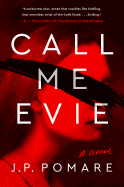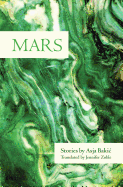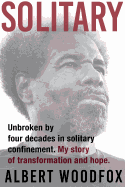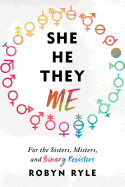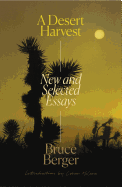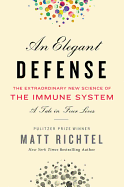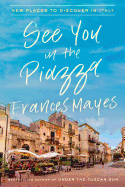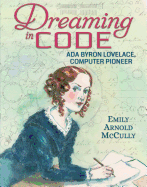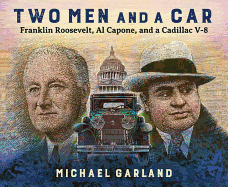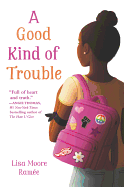 |
| photo: Giulia Zonza |
Holly Ringland grew up barefoot and wild in her mother's tropical garden on the east coast of Australia. Her interest in cultures and stories was sparked by a two-year journey her family took in North America when she was nine years old, living in a camper van and traveling from one national park to another. In her 20s, she worked for four years in a remote Indigenous community in the central Australian desert. She obtained her MA in Creative Writing from the University of Manchester. Her essays and short fiction have been published in various anthologies and literary journals. She now lives in the U.K. and Australia. The Lost Flowers of Alice Hart (House of Anansi, $17.95) is Ringland's first novel.
On your nightstand now:
At the end of the day I'm often anxious, and too often an insomniac; I've learned to keep books near to me to soothe those sharp edges late at night, or, to set my mind right first thing in the morning for the new day ahead. On my nightstand now are Alice Hoffman's Survival Lessons, River Woman by Katherena Vermette, Nikita Gill's Fierce Fairytales, Salt by Nayyirah Waheed, The Friendship Cure by Kate Leaver and The Mindful Path to Self-Compassion by Christopher Germer.
Favorite book when you were a child:
My mother taught me to read I was three; I was instantly obsessed with The Complete Adventures of Snugglepot and Cuddlepie by May Gibbs and Marmaduke the Possum by Pixie O'Harris. I lost my love of reading for a few years in my childhood because of trauma, but after Mum bought me the first novel in Lois Gladys Leppard's Mandie series when I was nine, I was consumed by a deep love of books once again. Mandie kept company on my shelves with Anastasia Krupnik by Lois Lowry and, later in childhood, Came Back to Show You I Could Fly by Ruth Park and Just As Long As We're Together by Judy Blume.
Your top five authors:
This is an unbearable question! Does anyone ever really only answer five? What happens if I answer six? I'll try. Alice Hoffman. Favel Parrett. Zora Neale Hurston. Brooke Davis. Myfanwy Jones. Ali Cobby Eckermann. Kate Leaver. Kate Gray. (Eight!)
Book you've faked reading:
I'm terrified of fake reading anything; the likelihood of being caught out is a no-brainer. But I firsthand relate to how gripping the temptation to fake read is: I so desperately want to have read everything just to share the thrilling language of a shared story with people. I guess my go-to answer is, "I know of it but I haven't read it." And, in that way, I suppose my big fake read is Great Expectations by Charles Dickens. I know the story and have seen the screen adaptations, but--cringing--I've never read the book.
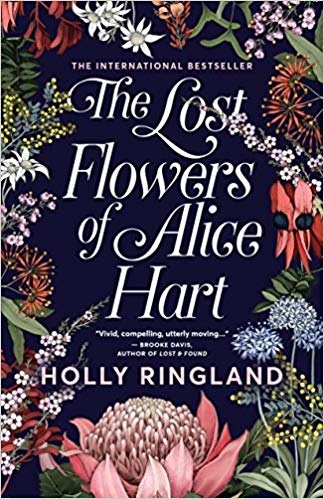 Book you're an evangelist for:
Book you're an evangelist for:
The Friendship Cure by Kate Leaver. A timely, moving and desperately needed manifesto on the power of friendship in our modern world. It's a nightstand staple.
Book you've bought for the cover:
The Muse by Jessie Burton, which is also a wonderful book.
Book you hid from your parents:
Their own copy of The Joy of Sex.
Book that changed your life:
Everything I've ever read. I know this could sound like a fluffy, evasive answer: truly, I think we're made by the people, places and books we spend our lives with. If I were held at ransom to answer this in a specific way, there are two novels that come to mind as being pivotal in my early adult life. One was Open House by Elizabeth Berg, which I read when I was 22, and the other was At Risk by Alice Hoffman, which I read when I was 24. I borrowed both from libraries when I was too poor to buy books, and they each had their own profound effect on me. They showed me how to write beautifully and bravely about brutal things.
Favorite line from a book:
"Every fairy tale had a bloody lining. Every one had teeth and claws." --from The Ice Queen by Alice Hoffman.
Five books you'll never part with:
This is torturous. Impossible. The only truthful way I can answer this is to say that having lived in many places throughout my life, in moving and culling belongings to do so, I've never parted with any of the 36 books by Alice Hoffman that I own.
Book you most want to read again for the first time:
Storm Boy by Colin Thiele.
Will you ever read everything in your TBR pile:
I hope not. As Anakana Schofield wrote recently in the Guardian, "Unread books are imagined reading futures, not an indication of failure."
Reading with... Holly Ringland
 "Highway storms erase the illusory division between the landscape and you, the spectator; they thrust your observant eyes into what you observe," Valeria Luiselli observes in her brilliant novel Lost Children Archive (Knopf).
"Highway storms erase the illusory division between the landscape and you, the spectator; they thrust your observant eyes into what you observe," Valeria Luiselli observes in her brilliant novel Lost Children Archive (Knopf). Meghan O'Gieblyn's incisive essay "Pure Michigan," collected in Interior States (Anchor), contrasts the impact of pollution and climate change with a popular PR campaign: "As summer approaches, there are still days when the landscape resembles the image of itself in the Pure Michigan ads, when the sunrise finds the beaches empty and the water along the shoreline a serene and crystalline blue."
Meghan O'Gieblyn's incisive essay "Pure Michigan," collected in Interior States (Anchor), contrasts the impact of pollution and climate change with a popular PR campaign: "As summer approaches, there are still days when the landscape resembles the image of itself in the Pure Michigan ads, when the sunrise finds the beaches empty and the water along the shoreline a serene and crystalline blue."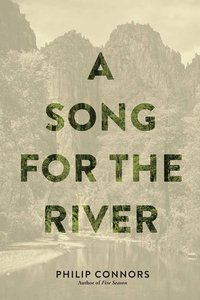 New Mexico's Gila Wilderness confronts Philip Connors professionally and personally in A Song for the River (Cinco Puntos Press): "It was a lonely and sun-seared country and in some ways the last American frontier, a place where ranchers, smugglers, and migrants tested their resolve against a pitiless landscape long on rock and short on water."
New Mexico's Gila Wilderness confronts Philip Connors professionally and personally in A Song for the River (Cinco Puntos Press): "It was a lonely and sun-seared country and in some ways the last American frontier, a place where ranchers, smugglers, and migrants tested their resolve against a pitiless landscape long on rock and short on water."



 Book you're an evangelist for:
Book you're an evangelist for: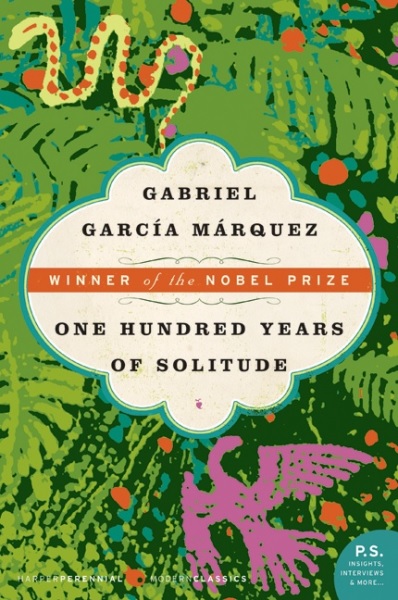 One Hundred Years of Solitude, the magical realism magnum opus of Gabriel García Márquez (1927-2014),
One Hundred Years of Solitude, the magical realism magnum opus of Gabriel García Márquez (1927-2014), 